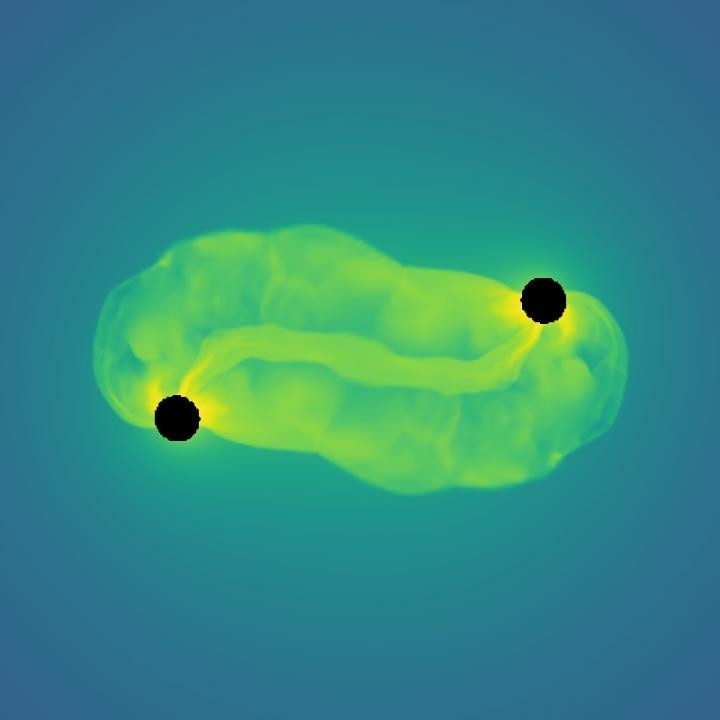How are black holes formed? Gravitational waves may unlock mystery of universe's darkest objects
The new study's findings reaffirm that the very first gravitational waves detected, came from black holes in an empty region of space.
Scientists attempting to answer some of the most puzzling and intriguing questions about the formation of the universe, have for years been trying to obtain a better understanding of how black holes are formed. In 2015, for the first time ever, researchers successfully detected time and space-bending gravitational waves – first proposed by Albert Einstein over a 100 years ago.
Now, in a new study, researchers attempting to uncover more insight into the origins of black holes have determined what gravitational waves might look like, if two black holes were formed inside a massive dying star.
In a collaborative study involving researchers at the Kyoto University's Yukawa Institute for Theoretical Physics and the International Research Unit for Advanced Future Studies, researchers studying humanity's first ever gravitational waves detection, proposed that black holes are formed within dying stars.
"Although gravitational waves have allowed us to directly detect black holes for the first time, we still don't know the exact origins of these particular black holes," Joseph Fedrow of Kyoto University's Yukawa Institute for Theoretical Physics, said in a statement. "One idea is that these black holes formed during dynamical fragmentation of the inner core of a dying star undergoing gravitational collapse."
According to Fedrow, such a scenario could result in two fragments of the dying star transforming into black holes and orbiting each other in what remained of the stellar environment.
To test this theory, researchers created a model of two black holes in such stellar environments, using supercomputers and numerical relativity tools.
"Our results were measurably different, showing that if black holes formed in a high-density, stellar environment, then the time it takes for them to merge shortens," Fedrow explained. "If the density is lowered to levels more similar to vacuum, then the resulting gravitational waves match those of the event observed."
The findings of the new study not only help provide more insight on the dynamics of binary black holes, but also reconfirmed that the first gravitational waves detected by LIGO came from black holes in an empty region of space.
So far, there have only been four instances of gravitational wave detection, which highlight the rarity of such events. In September, the scientists announced that they detected gravitational waves for the fourth time. However, this was the first time that the waves were observed by two different detectors located in different continents.
"In this exciting, new era of gravitational wave astronomy, we don't know what we'll find, or where it will lead us," Fedrow concluded. "But our work here will help to illuminate untrodden paths, and shine a light upon the darkest of objects in the universe."
The research paper titled "Gravitational Waves from Binary Black Hole Mergers inside Stars" appeared in the October 2017 issue of the journal Physical Review Letters.























